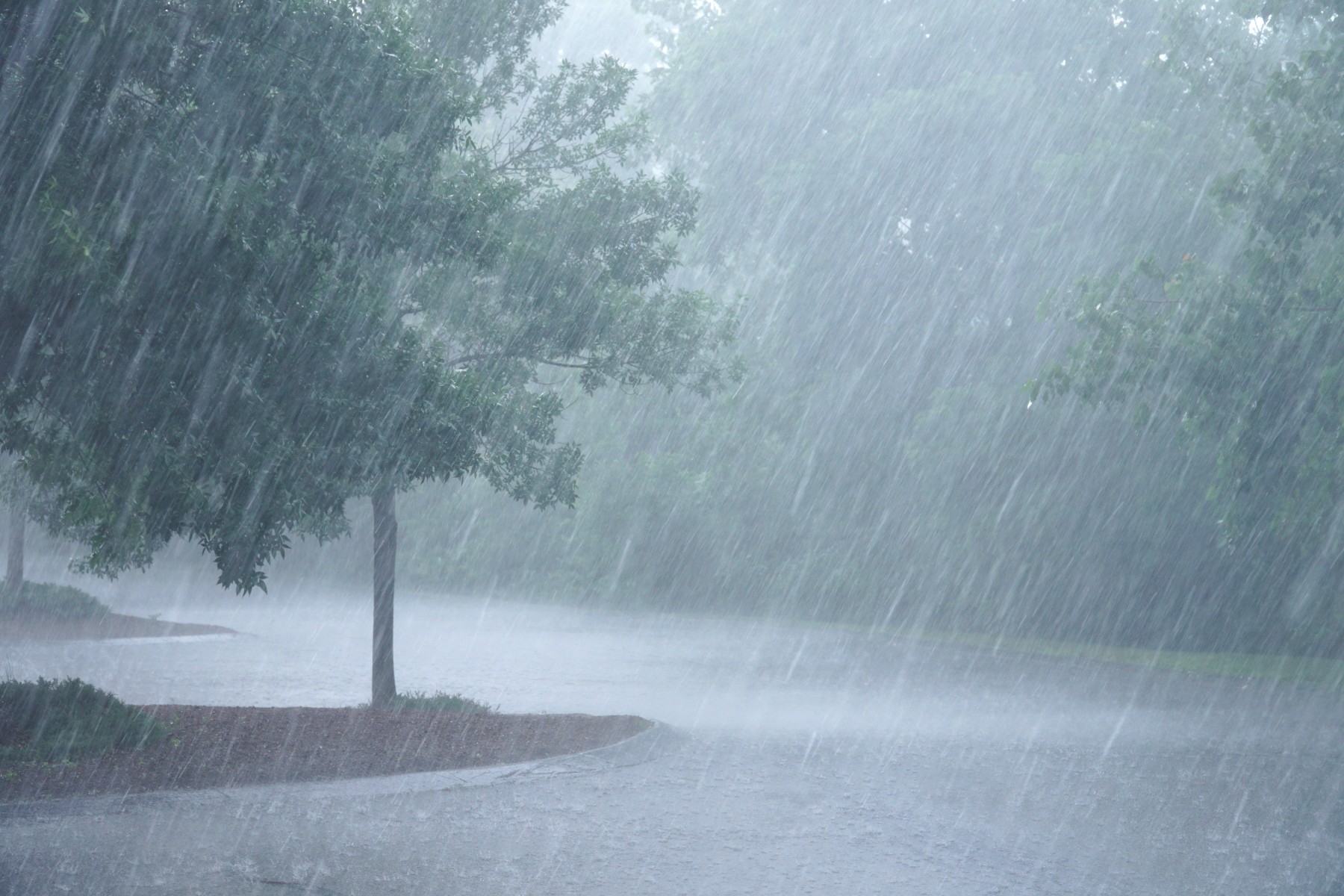
Heavy Rain, Flooding, and Chance of Severe Weather Staring Down the Southern U.S.
January 22, 2024
Posted: March 19, 2021 2:38 am





You were not being weak if you felt as if last February was colder than normal. A recent report from the National Oceanic and Atmospheric Administration (NOAA) released last week showed that February 2021 was the coldest February in the US in over 30 years.
Details of NOAA Report: According to the NOAA report, 2021 featured the coldest February on a global scale since 2014. Regions that were significantly colder than usual included North American, northern Asia, and Scandinavia. All of these regions recorded temperatures that measured at least 5.4 degrees Fahrenheit below the norm.
Other areas that were noticeably colder than usual in February included Australia, the planet’s southern oceans, and the central and eastern tropical Pacific Ocean.
Not Everyone Was Freezing: Despite much of the world bearing the brunt of the colder than average temperatures, some regions escaped the record cold. Eastern Canada enjoyed a February that was warmer than average. In addition, southern and northeastern Asia, and a bulk of Europe also saw temperatures that were slightly above normal.
Why the Cold in North America? So why was North America so cold last month? Scientists blame a warming trend in the air above the Earth’s surface at the North Pole. As this air warmed at the Arctic, wind patterns near the North Pole dislodged the polar vortex from its usual position. As this large swath of cold air shifted, it was pushed southward from Canada and into the US, bringing bitter temperatures along with it.
Polar Vortex Shifted Twice: The shifting of the polar vortex from its usual spot at the North Pole actually happened twice this winter season. At the beginning of the year, the frigid air moved into far eastern Europe and western Russia. This brought record cold temperatures to eastern China, including the heavily populated city of Beijing.
Then at the end of January, the shift happened near North America. This disruption in the usual position of the vortex is what brought cold air into central portions of the US. However, this air mass disruption split in two, delivering more cold to western Russia, Ireland, the UK, and a large part of central Europe along with the blast to the US.
Mixed Bag: Although February was the coldest month on a global scale since 2014, it was still considered to be fairly warm when looking back over decades of data. While it was the coldest since 2014, it was still the 16th warmest over the course of recorded history. The temperature readings in February in the Northern Hemisphere were the 14th warmest on record.
Scientists blame this chasm in data on global warming. While February may have seemed uncomfortably cold to many because of recent memory, it just shows that the last few years have been exceptionally warm.
Rest of Winter Was Warmer: While cold temperatures were the story for February, the rest of the winter was relatively mild in comparison. Most of the world saw above average mercury readings throughout December and January. Russia was the only region to see temperatures that were colder than normal.

January 21, 2024

January 19, 2024

January 18, 2024